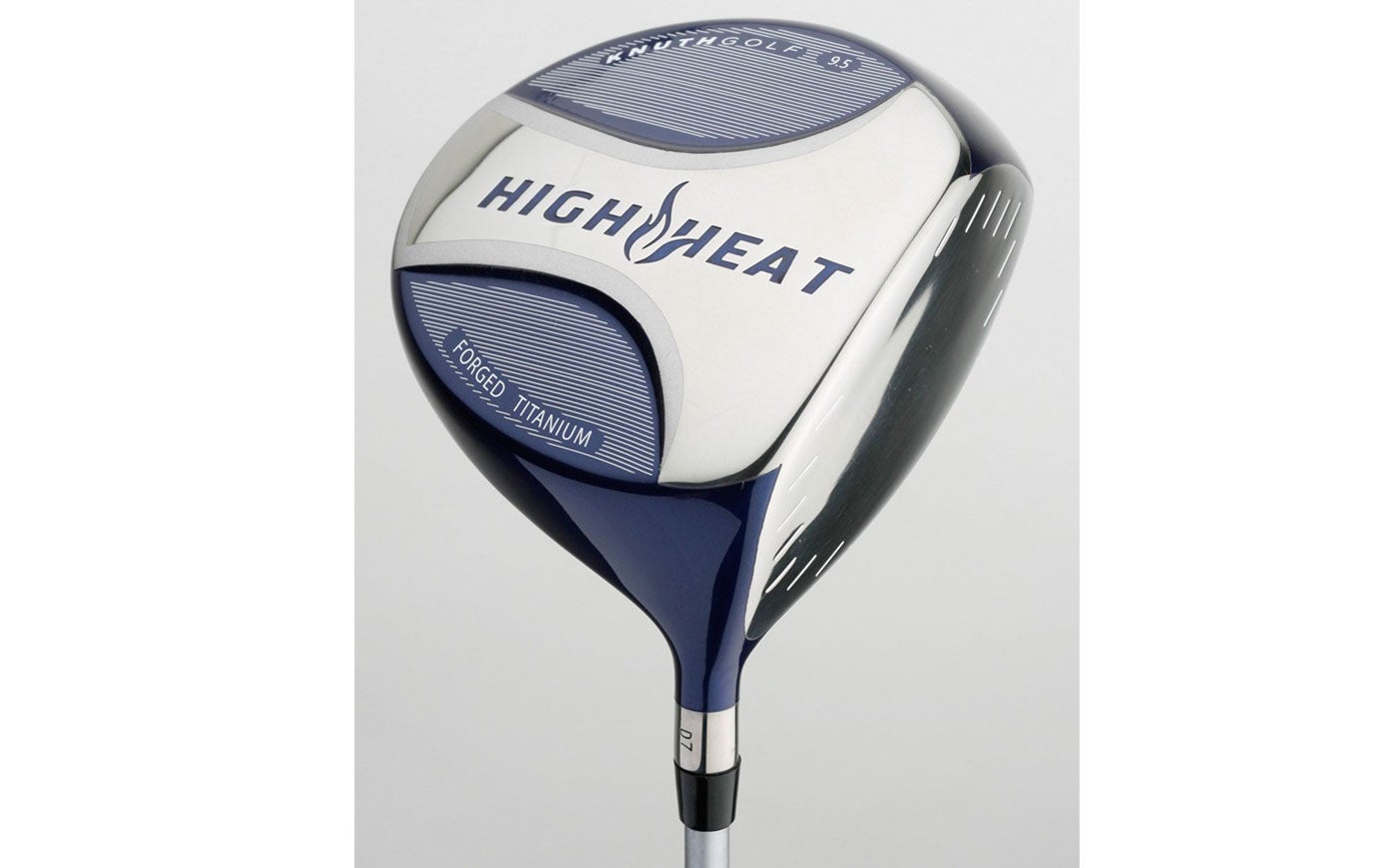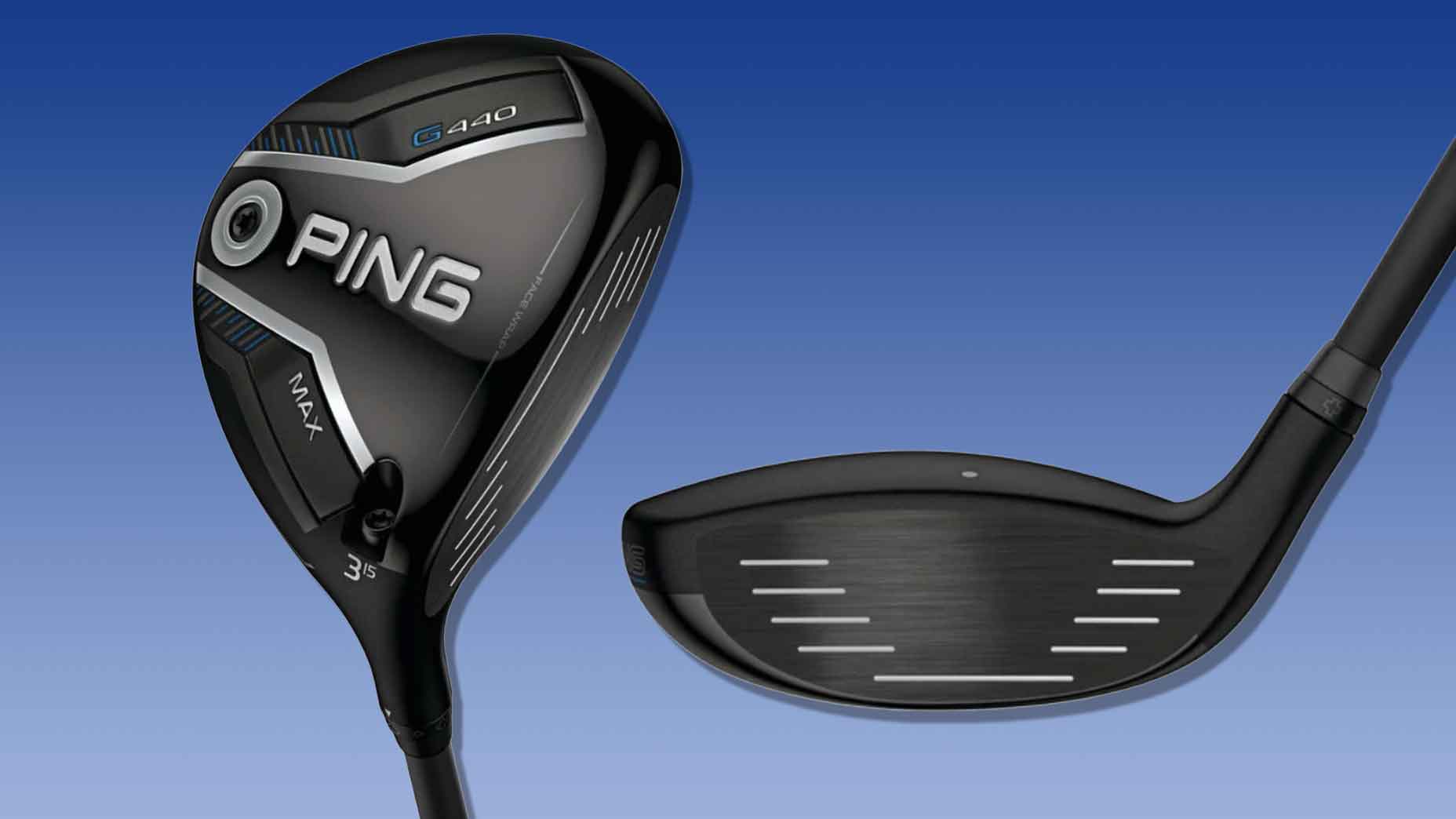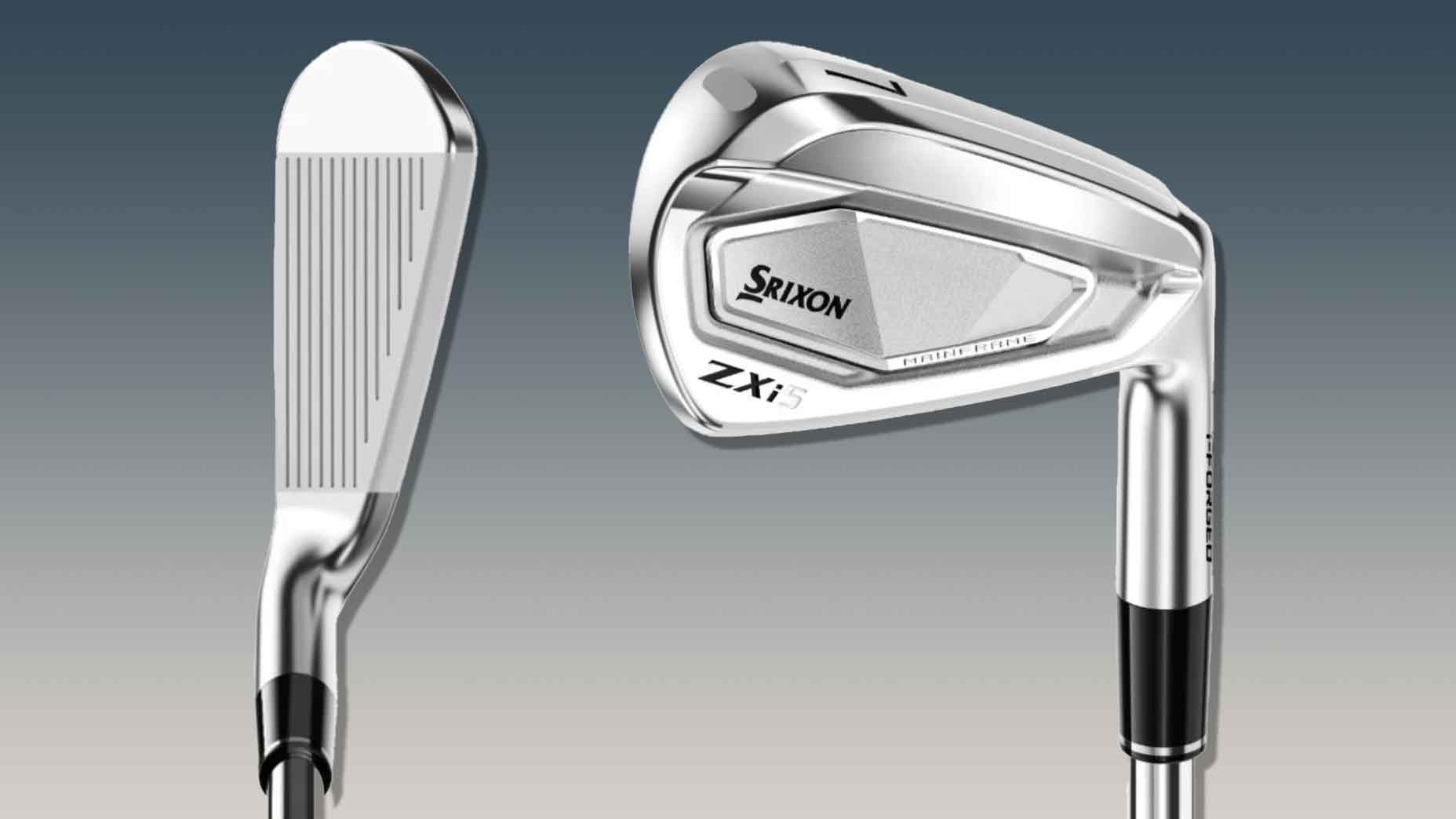Orlando, Fla.— Chances are, you’re never going to buy a driver that isn’t produced by a major equipment manufacturer. You’re a golfer, a traditionalist and careful with your money since a driver, two fairway woods and a putter will sent you back north of a thousand bucks. You’re not taking a chance on an off-brand or some off-the-radar, boutique driver.
Too bad. That means you’re going to miss the most significant technological innovation from this year’s PGA Merchandise Show and arguably the most exciting new club in a year that mostly lacked dramatic innovations.
It’s the High Heat driver by Knuth Golf, as in Dean Knuth, a former Navy man who spent 16 years at the United States Golf Association as the numbers-crunching handicap expert and the man who gave us the SLOPE handicap system, for better or for worse.
Knuth has done this before, in 2007, when he built the original High Heat driver. An engineer at heart, he believed he could use what he learned about how energy transfers through metal from his Navy knowledge of submarine warfare to make a superior driver. Knuth’s first blue beauty was made from pressed Russian titanium (even stronger than regular titanium) and it was one hot club. I know, I had one and I used it for most of one glorious summer when I briefly gained slightly on my long-hitting future tour-pro son. A weight bar brook loose inside the head, causing it to rattle, so I unhappily benched the driver.
Knuth built a limited batch of those first High Heat drivers, eventually sold them all and broke even on the attempt, “I was happy about that,” he says.

Now he’s retired with time on his hands, and so is former USGA colleague Steve Trattner, who was the USGA’s trademark attorney for 20 years. They got to talking about Knuth’s old driver, which Knuth still owns five patents on. Trattner asked what he’d do if he was making that driver now.
Simple, Knuth said, I’d expand the driver head from 420 cubic centimeters to 460 and create a bigger and more forgiving face. “I wanted to design a driver from the ground up for amateur players because every driver I’ve seen is designed for pros and amateurs can use it, too,” Knuth said. “That was the concept.”
Well, why not go for it? That was three years ago. The journey to this PGA show, and to achieve his goal, meant Knuth had to do some serious engineering. And he did. Knuth moved the club’s center of gravity lower than anyone ever had and, contrary to what most big clubmakers are doing, farther from the clubface.
Which brings us to why the High Heat is a significant innovation. Knuth said it is the first driver in which the center of gravity (CG in golf engineer talk), or sweet spot, is below the clubface’s equator line.
“Every major brand says they’ve moved the CG lower on their club and after years of hearing this, golfers assume the CG must be near the bottom of the clubface,” Trattner. “When I tell them that no major brand has ever had a CG below the middle of the clubface, they can’t believe it.”
This is the part of the conversation where Trattner and Knuth whip out data charts. The drivers made by other major manufacturers have an average center of gravity located 36 millimeters behind the face and 45 percent below the top of the clubface. In other words, the CG is still in the northern hemisphere of the face. “So that’s why golfers get longer distance when they hit shots above the center line,” Knuth said. “That’s where the sweet spot is.”
The High Heat’s center of gravity is 45 millimeters behind the face and 53 percent below the top-line—just south of the imaginary equator line, in other words. Knuth pulls out another chart, this one from a 2010 Golf Digest study that shows where on the driver face that average golfers made contact with the ball. Only half of the dots representing driver hits are above the equator. Many are clustered just below it.
You don’t need a physics degree to see how big Knuth’s relocated CG is. By lowering the center of gravity, a flock of previously mis-hit shots turn into sweet-spot drives.
That’s a potential game-changer and one big reason why this second-generation High Heat blows away the original. No Russian titanium is used in this model, for reasons of practicality. “We’re not making a political statement,” Trattner jokes. “Just blame Mr. Putin.”
The weight bar is gone. The head, still a deep blue, has racier molded curves on its crown and is more attractive than the original. The driver has a shiny mirror face with groove markings only on the edge. High-quality shafts from Alidila and Fujikura, also a major upgrade from the original, give the new High Heat more consistency and better kick. The average Moment of Inertia (MOI to golf geeks), which measures the tendency for a clubhead to remain stable on off-center hits, shows the High Heat coming in at 5,346 grams-centimeters squared, Knuth said, versus the average of the other major models, 4,237. Advantage, High Heat.
Those are Knuth’s numbers, of course. Another clubmaker would probably give you different numbers and different test results using different test methods. That’s how it goes in golf. Everyone has data to support their product. So believe Knuth’s numbers as gospel or don’t, it’s your choice.
Hitting was believing, however, at the PGA Merchandise Show’s Demo Day at Orange County National, where attendees could try out new products on the huge 360-degree range. The High Heat stood out because you heard it before you saw it. “It’s loud,” Knuth admitted. “It’s not muted. It doesn’t sound like any other driver.”
A loud report played a big role in the success of the iconic Callaway Big Bertha, if you remember. Even on mis-hits, Bertha made it sound as if you killed that drive. It was therefore a very satisfying club. Same goes for the High Heat.
“Sounds like a cannon, goes like a rocket ship,” was one comment Trattner heard from a golfer at the range. He wrote it down. The man, a former trademark attorney, knows a marketing line when he hears one.
Another plus for the High Heat, Knuth said, is its accuracy. All drivers employ the bulge-and-roll design on the face, designed to help launch balls on target. “With the CG forward on a lot of the other drivers, if you hit it off center, the ball goes right off the toe, left off the inside of the face,” Knuth said. “With the CG back in our driver, it allows the gear effect to work.”
Knuth had an independent outfit test a selection of competitors and the High Heat, using a robot to hit balls. Knuth said the High Heat tested longer than every major brand model except one. The High Heat beat that model on the dispersion pattern (accuracy) test. On the five-point distance test— balls are hit from five different points around the clubface instead of only on the sweet spot— Knuth said the High Heat won honors as the longest.
Again, you’ll have to take him at his word. You can get a High Heat driver for $399, available in three different lofts and several shaft weights from www.KnuthGolf.com. They will start shipping in early April.
As a previous High Heat customer, I admit I am biased and predisposed in favor of anything Knuth creates. If you’re not swayed by the science, the logic or the numbers, consider the motivation.
“Steve and I have worked three years on this, pretty much full-time, to try to get it right,” Knuth said. “There’s no money in it, we just did it for amateur golfers.”
He’s just a golfer, like you or I, who wants to make a great driver. He is not a publicly-owned company under pressure to make profits. This is simply a quest to make a better club and yes, Knuth would really like not to lose money doing it. But barring a miracle, this is no get-rich-quick scheme.
So keep in mind that the High Heat won’t be mass-produced. It won’t be discounted next year when a newer model replaces it, the way the big clubmakers do. The High Heat will have a limited run and it’ll be hard to find in the real world.
Just so you know… I’ve already got my order in.
For more news that golfers everywhere are talking about, follow @golf_com on Twitter, like us on Facebook, and subscribe to our YouTube video channel.






